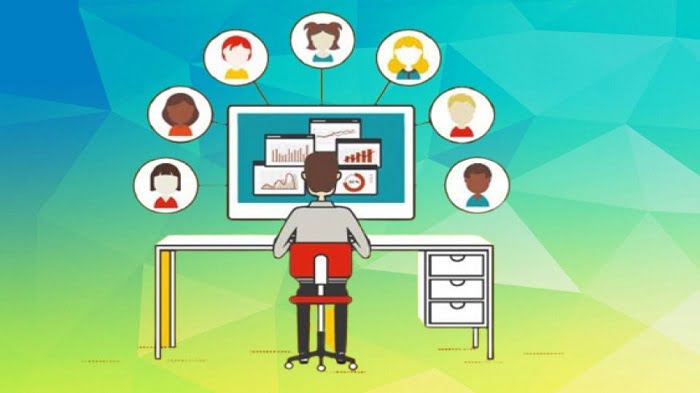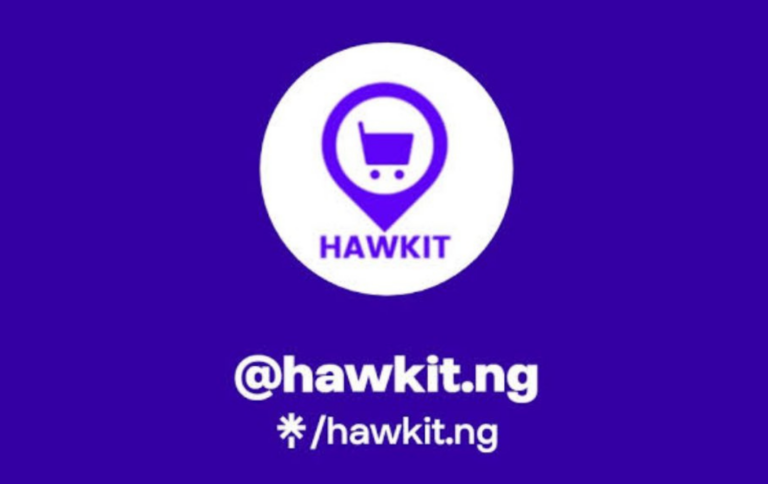How Social Media Analytics Affects E-Learning

Have you heard of social media analytics? If no, this is the article for you. For teachers and instructors, improving learning paths and the learning experience is a never-ending task. The ability of technology to gather and analyze vast volumes of data has recently shown to be a tremendous ally in this quest for more effective learning. But it’s crucial to understand how to use this useful information to further our objectives.
This article explores how social media analytics can be used to improve the efficacy of eLearning projects.
Also read: A Guide to eLearning Analytics: 7 Types of Data to Track
What are eLearning Metrics?
Let’s first define eLearning metrics so that we may then discuss their importance. In a nutshell, eLearning metrics are data points gathered from online learning platforms to evaluate different facets of the learning experience. A wide range of factors, including student engagement, course completion rates, and more, can be included in these measures.
The Underlying Significance Of Metrics For eLearning
We can decode student behavior on social media platforms with the support of a variety of information, and we can then modify online training programs as necessary. A better social media presence, a higher return on investment for eLearning, and improved learner engagement result from making decisions based on well curated data.
However, given the volume of data you have at your disposal, it’s important to understand which ones you should be analyzing in order to get the results you want. The following is a list of the most important metrics you need to be monitoring:
Decision-Making Based on Data:
Metrics provide quantifiable data to educators and administrators so they can make decisions that are well-informed. Institutions can better meet the requirements of learners by analysing metrics to pinpoint areas that require development, modify course material, and alter teaching techniques.
Engagement:
The degree of interaction with your material is measured by this metric. Likes, comments, clicks, and shares are all part of it.
Reach:
The number of different people that have seen your work.
Impressions:
Regardless of interactions, they represent the frequency with which your content is displayed in visitors’ feeds.
Click-through rate (CTR):
The percentage of viewers who clicked on a call-to-action link in your material is measured by the click-through rate (CTR).
Conversion rate:
This is the proportion of visitors who do the intended action, such as subscribing to your newsletter or enrolling in an online course.
Bounce rate:
The percentage of visitors that leave a website after reading just one page is determined by the bounce rate measure.
Sentiment analysis:
While less data-based than the others, sentiment analysis aids in identifying the type of feedback you’re getting. Specifically, whether they are favorable, unfavorable, or neutral.
Individualized Learning Paths:
Personalized learning experiences are made possible through eLearning metrics. Institutions might suggest particular courses or materials that fit a learner’s strengths and shortcomings by monitoring their development and measuring their performance. The engagement and information retention that can result from this content personalization are very high.
User demographics:
Information about your audience’s age, gender, geography, occupation, and other characteristics might help you better understand their requirements and preferences.
Follower growth:
You may get a better sense of the ROI of your social media efforts and the potency of your content by looking at how quickly your following is expanding.
6 Ways Harnessing Social Media Analytics Accelerates Learning
1. Assessing And Enhancing Learner Engagement
For your training program to continue to be successful and effective, keeping track of analytics that gauge student engagement is essential. Particularly, you can alter the format or the content itself to increase its reach when you notice that a particular issue is not creating the necessary level of interest. In a similar vein, you may pin down effective content and determine what makes them captivating for your readers.
Furthermore, you may utilize this data to examine how students connect with one another and to motivate them to work together and share ideas and experiences. This fosters involvement and increases engagement by creating a more supportive and engaging learning environment.
2. Building a Learning Community
The perfect way to foster a sense of community among students and between students and teachers is through social media platforms. A collaborative learning environment can be promoted by educators through examining social interactions and involvement. It is possible to facilitate discussion boards, peer-to-peer learning, and online study groups so that students can share knowledge and gain important communication skills.
3. Identifying eLearning Trends
When you’re focused on developing learning materials and expanding your business, it’s simple to slip behind as eLearning evolves quickly. Thanks to social media analytics, you can stay current with new trends without having to take on more work. You may quickly identify themes that are growing popularity and change your online training strategy going forwards as you keep an eye on conversations and various measures of user involvement.
In addition, you can determine whether a particular format, style, or tool is preferred by your audience and attempt to use it in your content to increase your audience.
4. Measuring the ROI
In the end, monitoring social media analytics is mostly done to ensure that our efforts yield the necessary Return on Investment. The process of creating, assembling, posting, and modifying educational content is not inexpensive, and it only pays out when it results in conversions. In order to assess the influence of eLearning projects, parameters including ROI, conversion rate, satisfaction of students, performance in general, and more are monitored. In order to accomplish your broad objectives and maximize the value added to your target audience’s learning process, you may need to adjust or entirely restructure your strategy in response to the outcomes.
5. Optimizing Content For Better Learning Results
Optimizing your content is the major way social media analytics can change how you approach online learning. It has been a protracted and difficult process up to this point to determine the style or structure of content that will be most engaging or beneficial for learners. However, with access to such vital information, you can quickly determine which of your posts attracts the most comments and keeps visitors on your profile for the greatest amount of time.
This data-driven methodology makes sure that the content your students are exposed to is in line with their interests and needs. As a result, there is an increase in student engagement and pleasure, which improves learning outcomes.
6. Personalized Learning Paths
The establishment of personalized learning paths is a crucial component of the content optimization that we described earlier. The learner’s learning preferences, areas of interest, knowledge gaps, and future goals are all significant information you may learn about through social media analytics in addition to their demographics.
With the aid of this knowledge, you can encourage a learning process that is more efficient and accommodates the requirements of your audience. This could take the form of different content formats showing up on learners’ feeds, tests with adjustable difficulty levels, on-demand feedback at any point in the learning process that keeps learners informed of the progress, etc. All of these things help learners retain and understand information better.
Challenges and Considerations Regarding Social Media Analytics
While the fusion of social media analytics and eLearning offers numerous benefits, it also raises certain challenges:
Bias in Analytics:
Bias in e-learning data can manifest in several ways, and it’s essential to recognize these biases to address them effectively:
Selection Bias: This occurs when data is collected from a non-representative sample of learners. For example, if only high-performing students’ data is considered, insights may not apply to the broader student population.
Measurement Bias: Data collected through assessments and evaluations may be skewed due to biased test questions or grading practices, leading to inaccurate performance metrics.
Historical Bias: If historical data is used without considering changes in teaching methods or curriculum, it can misrepresent the effectiveness of current e-learning practices.
Algorithmic Bias: Machine learning algorithms used for data analysis can inherit biases from the data they are trained on, leading to unfair predictions or recommendations.
Data Privacy:
Handling sensitive learner data requires strict adherence to privacy regulations. Educators and eLearning platforms must prioritize data security and obtain proper consent from users.
Data Interpretation:
Analytics can provide a wealth of data, but interpreting it correctly is crucial. Effective use of analytics requires expertise in data analysis and the ability to derive actionable insights from the information collected.
Platform Integration:
Integrating social media analytics seamlessly into eLearning platforms can be technically challenging. This requires collaboration between educators, developers, and data analysts to create a cohesive learning environment.
Ensure It’s Used Ethically
The multiple advantages of utilizing social media analytics to improve eLearning efficiency cannot be disputed. However, it’s critical to keep in mind that there is a tremendous degree of being accountable and risk associated with access to private and sensitive information. Your primary priorities should be ensuring the safety, privacy, and appropriate utilization of the data that students share with you.
Additionally, you must work towards transparency; as a result, you must always tell learners and obtain their permission before collecting and using their data. This not only shields you from potential legal repercussions but also helps to build rapport with your audience.
In the final analysis, social media analytics is an effective technology that has the potential to completely alter the way we tackle education. Educators may personalize learning experiences, deliver real-time feedback, anticipate and manage learning issues, adapt curriculum to current trends, and foster lively learning communities by utilizing the enormous amount of data created on social media platforms.
Adopting social media analytics in the classroom not only improves instruction but also gives students the necessary digital era skills. Both instructors and students benefit, and it helps to shape the new and cutting-edge methods that education will be provided in the future.







